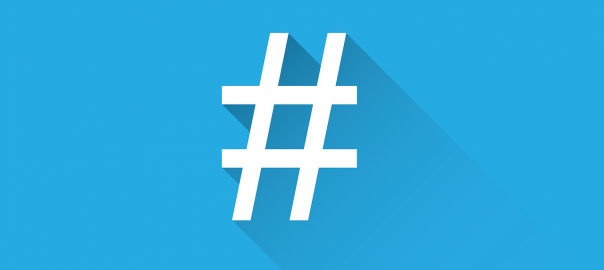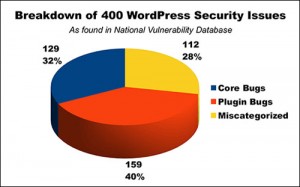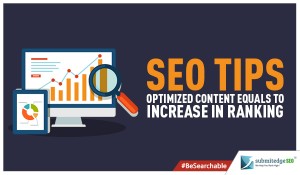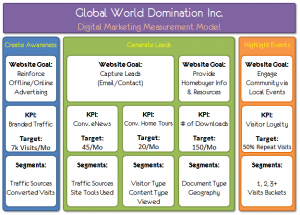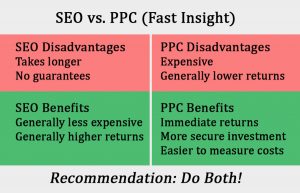
How engaging were our brand’s Tweets last year? How did the blog perform compared to the previous year? What worked, what didn’t work, and why?
These are just some of the questions that reporting can help you answer to plan ahead: budget, strategy, tools, acquisitions – you name it.
So, how do you show your performance on social media?

You need to create a report that clearly summarizes your performance – the good, the bad, and the lessons you’ve learnt along the way. Each section of your report should revolve around how social media helped the business achieve its goals, directly or indirectly.
So, if your main KPI is traffic, how much did social media contribute towards your site traffic? If your main KPI is sales or conversions, how did you use social media to drive those? Because everyone’s KPI is different, feel free to tweak your report based on your own requirements.
Measuring Reach And Awareness
Show how much your audience has grown over the year, and don’t forget to include reach.
Showing reach is helpful to identify how various algorithms have made an impact on your social strategy, especially on Facebook.
As you see spikes and dips in your reach and fanbase growth, make sure you justify such movements – did you have an exceptional reach on a specific week due to an influencer mentioning you?
Also worth mentioning: audience demographics. Some campaigns can bring in a surge of new fans and followers based on who you’re targeting, so it’s useful to track how your social demographics (mainly age, gender and location) changed over the year.

Content
How engaging was your content and how engaged was your audience? Whether you use an engagement rate, an aggregate score, or showing a number of metrics, highlight how many social interactions you had on your social platforms.
If you do choose to use an engagement rate or an aggregate score, make sure you explain what that represent and how you calculate it, especially if the audience of this report doesn’t usually deal with social media analytics, or social media at all.
You may need to dig into historical data for some of these platforms to capture all of the metrics you need.

Due to design constraints, some platforms with online analytics dashboards (e.g. Twitter Analytics, Facebook Insights) will have a limit to how many days you can plot on their graphs, while due to API restrictions some platforms only let you export a certain number of posts at a time OR only for a specific time range.
Campaigns
Showcase your campaigns, organic and paid; list your lessons learned, and highlight any sudden changes – what other factors contributed to the success (or lack thereof) of your campaigns?
This is especially useful for organic campaigns, e.g. if you’ve noticed that your organic Facebook campaigns aren’t as effective as they used to be because of a change in algorithm.

That is a healthy reminder to have in an annual social media report that goes out to a wide and/or senior audience, especially since this year will see a further decline in reach (you can read more about it and further predictions here).
Social Conversions
Whether you’re looking for sales, registrations etc., how did social media help you achieve your conversions?
There are at least two types of social conversions that you should focus on:
- Conversions on site: conversions on your website driven by social media.
What impact does social media have in the sales conversion process? This will help you understand what type of content works better with your social audience when it comes to driving traffic to your site. While doing so, draw attention to how social conversion changes from network to network: the social platform that drives the most traffic isn’t always the platform that generates the most conversions.
- Conversions on social: conversions taking place on social media.
A great example of this is Twitter Cards. If you’re using them to invite people to subscribe to your newsletter, what’s their conversion rate? You’ll find these metrics in the analytics dashboard of each social channel you’re using (so ads.twitter.com for Twitter Cards).
By seeing the behavior from every social network and seeing which traffic is more valuable (in terms of conversions), you can see where best to allocate your budget this year, to optimize, to test conversions, to see what works and ultimately to identify where you need to tweak your social strategy.
This section may easily be the biggest part of your report.
Don’t just cram everything in – tell a story
The key here is not to cram everything that happened in 12 months in one report. As cliché as this may sound, tell a story, a story of your brand’s share of voice over the past 12 months, a story of how your brand perception, reputation and sentiment changed over time, thanks to your efforts or external factors (e.g. influencers).
Consider adding share of voice and sentiment to show the value and impact of your mentions over time.
Sentiment analysis is not 100 percent accurate today due to various linguistics and technical constraint (more on this here).
However, that doesn’t make social sentiment useless – sentiment has very high potential when used in context, and in the right hands it can be the key to various social analyses, predictions, and ultimately a solid insight into your social performance.
Adding these metrics to the story (volume of mentions, share of voice, sentiment) will help you tremendously when it’s time to build up a story of what happened around your brand on social media, to show how you’ve sparked more positive conversation or been able to control potential crises that could have otherwise had a negative impact on your brand reputation.
The most important performance metrics
So, what performance metrics should you include in a social listening summary? Here are a few to consider:
- Monthly volume of mentions,
- Share of voice,
- Sentiment,
- Social sources (from Facebook, Twitter, blogs, video sites, etc.),
- Top links shared from your site,
- Brand content that made ripples, for good or bad reasons,
- Mentions from influential people,
- The most frequently associated keywords and topics with your brand (you can easily do this with word clouds).
All in all, when people read this section of your report, they need to have clear answers to these three questions:
- What did people say about our brand and products online?
- Why did people say that?
- What did we do about it, if anything?
If you are a Brandwatch user, then you already have Brandwatch Automated Reports. (In case you missed it, click here to find out more about it.)
Thanks to this feature, you can get a snapshot report or a benchmark report (or both!) sent to you on a regular basis – be it daily, monthly, forthnighty, monthly or quarterly.
While this is really valuable, it also has another use – set up these automated reports and set the frequency to “weekly”; then, create a folder in your inbox that archives those reports (they all follow the same pattern in the subject title, so it’ll be easy for you to create an archive rule).
Then, at the end of the quarter, or at the end of the year, you can go back to this folder and find an archive of easily digestible reports that you can use to create your quarterly/yearly snapshot. Trust me, it will save you a lot of time.
What if I don’t have a social analytics tool?
Unfortunately, this is something that a lot of brands struggle with today. Thankfully, you can still run some of your analytics without a tool.
Some social platforms offer you all the analytics you need, like Facebook, Twitter, and YouTube. While their online dashboards look clear and concise, I always recommend downloading the exports, that’s where the gold is.
As for other social platforms, you can find some free or inexpensive tools out there than cater to the rest. The Brandwatch blog is a good place to start from for recommendations on analytics tools (e.g. for Pinterest analytics or Google+ analytics).
However, you can use this as a case to get a social analytics tool in place. After all, how can you move forward if you can’t measure your past performance?
(221)
